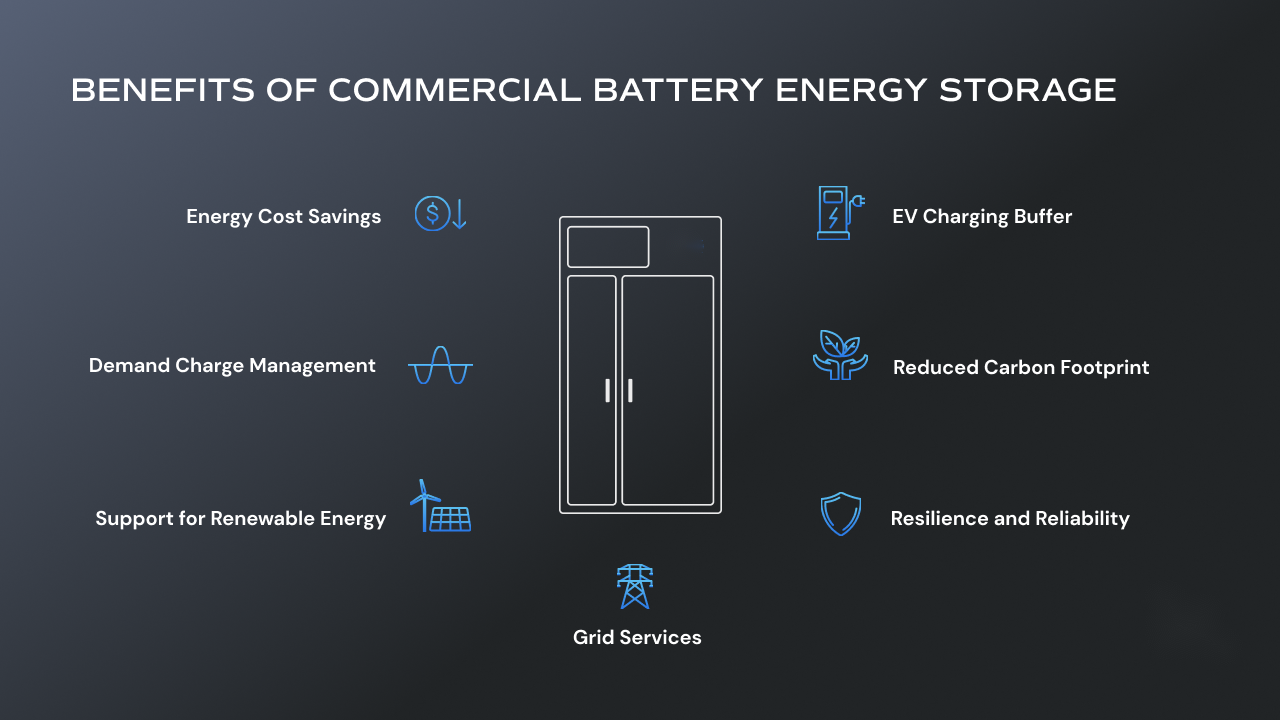
Januari . 12, 2024 14:58 Rudi kwenye orodha
Misingi ya Mfumo wa Kuhifadhi Nishati ya Betri: Betri, PCS, BMS
The global energy crisis and the pressing need for environmental protection have brought energy storage technology to the forefront as a key solution. Among the various energy storage technologies available, battery energy storage systems have emerged as one of the most practical and commonly used options. At the heart of these systems lie three essential components: batteries, power conversion systems (PCS), and battery management systems (BMS).
Kwanza, wacha tuchunguze betri zenyewe, ambazo hutumika kama msingi wa mifumo ya uhifadhi wa nishati ya betri. Betri ni vifaa vinavyobadilisha nishati ya kemikali kuwa nishati ya umeme. Zinaundwa na elektroni chanya na hasi, elektroliti, na kitenganishi. Kuna aina kadhaa za betri zinazopatikana, kama vile betri za asidi ya risasi, betri za nikeli-hidrojeni, na betri za lithiamu-ioni. Kati ya hizi, betri za lithiamu-ioni zimepata umaarufu kutokana na msongamano wao mkubwa wa nishati, maisha marefu, na urafiki wa mazingira.
Kuhamia kwenye mfumo wa kubadilisha nishati (PCS), kijenzi hiki kina jukumu muhimu katika mifumo ya hifadhi ya nishati ya betri kwa kubadilisha nishati ya umeme iliyohifadhiwa kwenye betri kuwa nishati ya AC inayoweza kutolewa kwa gridi ya taifa au watumiaji. PCS kwa kawaida huwa na vibadilishaji vigeuzi, vibadilishaji umeme na vidhibiti. Kazi yake kuu ni kubadilisha nguvu ya DC kuwa nguvu ya AC, kudhibiti uingizaji na utoaji wa nishati ya umeme, na kuhakikisha usalama na uthabiti wa mfumo mzima. Utendaji wa PCS huathiri moja kwa moja ufanisi na maisha ya huduma ya mfumo wa kuhifadhi nishati ya betri.

Kisha, tuna mfumo wa usimamizi wa betri (BMS), sehemu muhimu ya mfumo wa hifadhi ya nishati ya betri. BMS inajumuisha moduli za ufuatiliaji, moduli za udhibiti, na moduli za mawasiliano. Jukumu lake la msingi ni kufuatilia na kudhibiti hali ya betri katika muda halisi, ikijumuisha vigezo kama vile voltage, mkondo, halijoto na hali ya chaji (SOC). Zaidi ya hayo, BMS hulinda na kudhibiti betri kutokana na hatari zinazoweza kutokea, kama vile kutozwa kwa chaji kupita kiasi, kutokwa na chaji kupita kiasi, na matumizi ya kupita kiasi, ili kuhakikisha usalama na muda wake wa kuishi.
In summary, the battery energy storage system comprises three fundamental components: batteries, PCS, and BMS. Batteries serve as the core storage mechanism, PCS converts stored energy into usable AC power, and BMS actively monitors and protects the battery, ensuring its optimal functioning and longevity. Achieving efficient, stable, and safe operation of battery energy storage systems relies on the harmonious cooperation between these three components.
Efficient energy storage is essential for meeting the demands of a fluctuating energy grid and reducing reliance on fossil fuels. Battery energy storage systems offer a viable solution to these challenges, providing a means to capture and utilize excess energy and deliver it back to the grid when needed. This technology has the potential to significantly enhance the reliability and stability of power supply, paving the way for a cleaner and more sustainable energy future.
As the global energy crisis intensifies, there is a growing need for further research and development to advance battery technology and optimize the performance of battery energy storage systems. Improvements in battery energy density, lifespan, and cost-effectiveness are crucial to accelerating the adoption of battery energy storage on a larger scale. Additionally, the integration of intelligent control systems and advanced monitoring technologies can enhance the efficiency and safety of battery energy storage systems, making them an even more attractive solution for future energy needs.
In conclusion, battery energy storage systems are at the forefront of the fight against the global energy crisis. Batteries, PCS, and BMS constitute the essential components of these systems, collectively working together to store, convert, and optimize energy usage. As the world strives to transition towards cleaner and sustainable energy sources, battery energy storage systems will play a pivotal role in achieving this goal. Continued advancements in battery technology and system integration will propel the widespread adoption of energy storage, providing a more reliable and environmentally friendly energy landscape.
Itaondolewa ikiwa inakiuka
Tovuti ya kumbukumbu: https://www.scupower.com
-
Wireless DC Charging: The Next Frontier in Contactless EV Power Delivery
HabariAug.04,2025
-
Hybrid BMS Energy Controls: Integrating Renewable Energy Sources
HabariAug.04,2025
-
Blockchain for Secure and Decentralized EMS Power Systems
HabariAug.04,2025
-
AI-Driven for Smart Grids: Energy Management System (EMS)
HabariAug.04,2025
-
Advanced Distribution Management System (ADMS) Energy
HabariAug.04,2025
-
5G-Enhanced BMS Energy Savings: Ultra-Low Latency Control
HabariAug.04,2025























